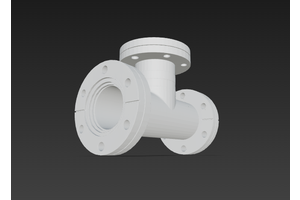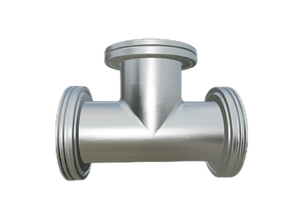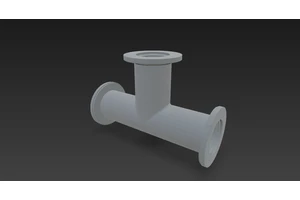The Application of Vacuum Technology in Food Packaging and Freeze-Drying Industries
Over the past two decades, vacuum-sealed packaging has rapidly advanced as a key method for food preservation. This technique effectively removes oxygen, preventing spoilage and extending shelf life. Additionally, vacuum packaging—whether in shrink-wrap or modified-atmosphere forms—safeguards food from insect damage and inhibits mold growth. Its advantages include simple, user-friendly equipment, low operational costs, and affordable plastic materials that are both visually appealing and widely accessible. Common vacuum-packaged products range from pickled vegetables (e.g., mustard tubers, kohlrabi, kelp) to meats (sausages, roast chicken, duck), soy products, milk powder, and malted beverages.
The fresh produce supply chain often suffers significant losses due to prolonged intermediary stages between harvest and retail, driving up prices. Vacuum packaging mitigates this by reducing spoilage and refrigeration costs, thus stabilizing prices and easing supply-demand imbalances. As a result, vacuum preservation is poised to dominate future food markets.
Vacuum freeze-drying (lyophilization), pioneered in the early 20th century, has gained momentum in recent years. Unlike conventional methods (sun-drying, hot-air, infrared, or high-frequency drying), freeze-drying freezes the product first, then uses vacuum to sublimate ice directly into vapor—bypassing the liquid phase. This yields porous, shape-retentive products that rehydrate instantly. The low-temperature process prevents thermal degradation, while vacuum conditions eliminate oxidation, preserving the material’s physical, chemical, and biological integrity. Consequently, freeze-drying’s applications continue to expand annually.




